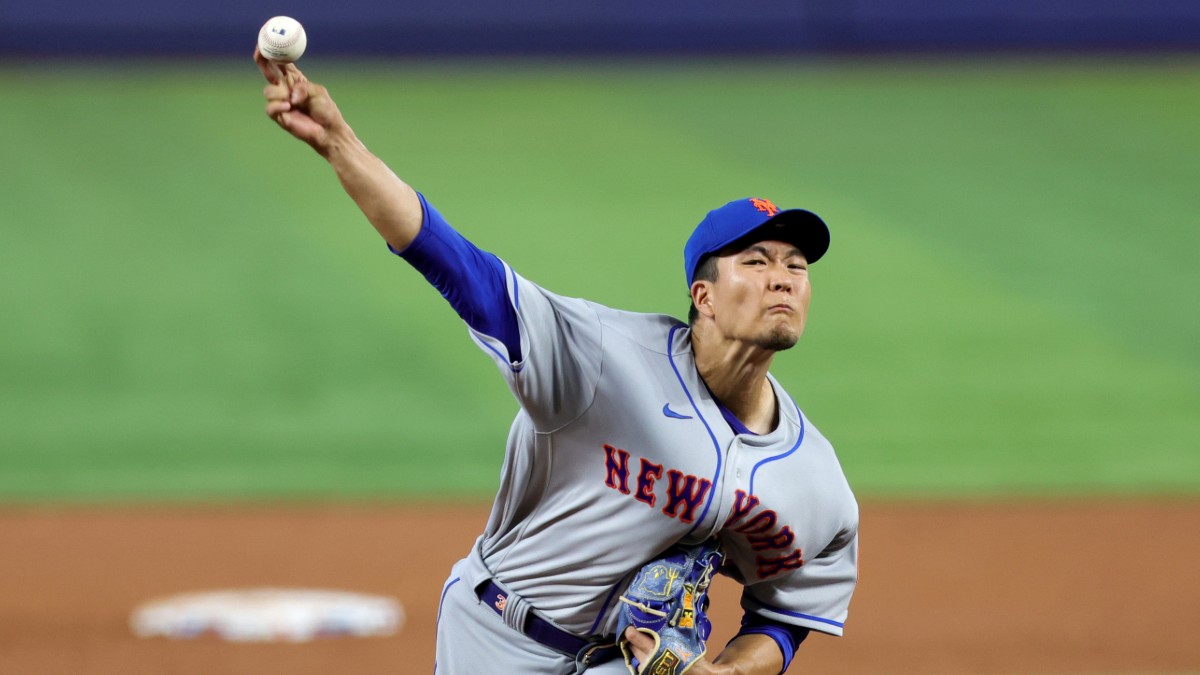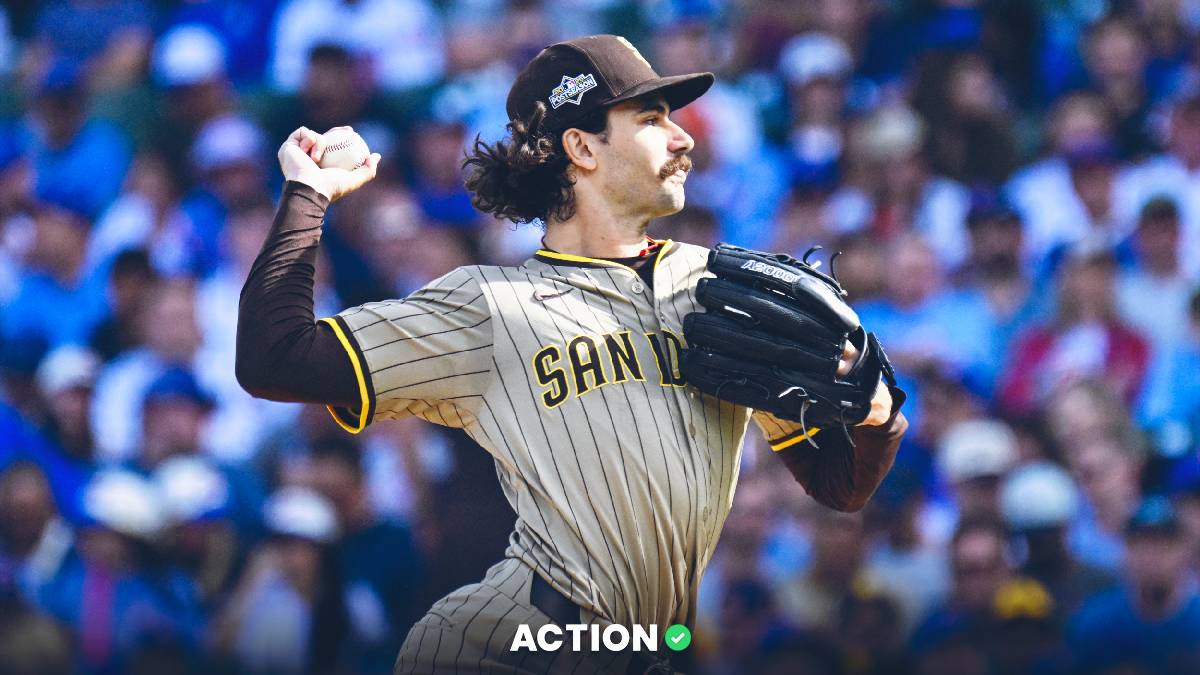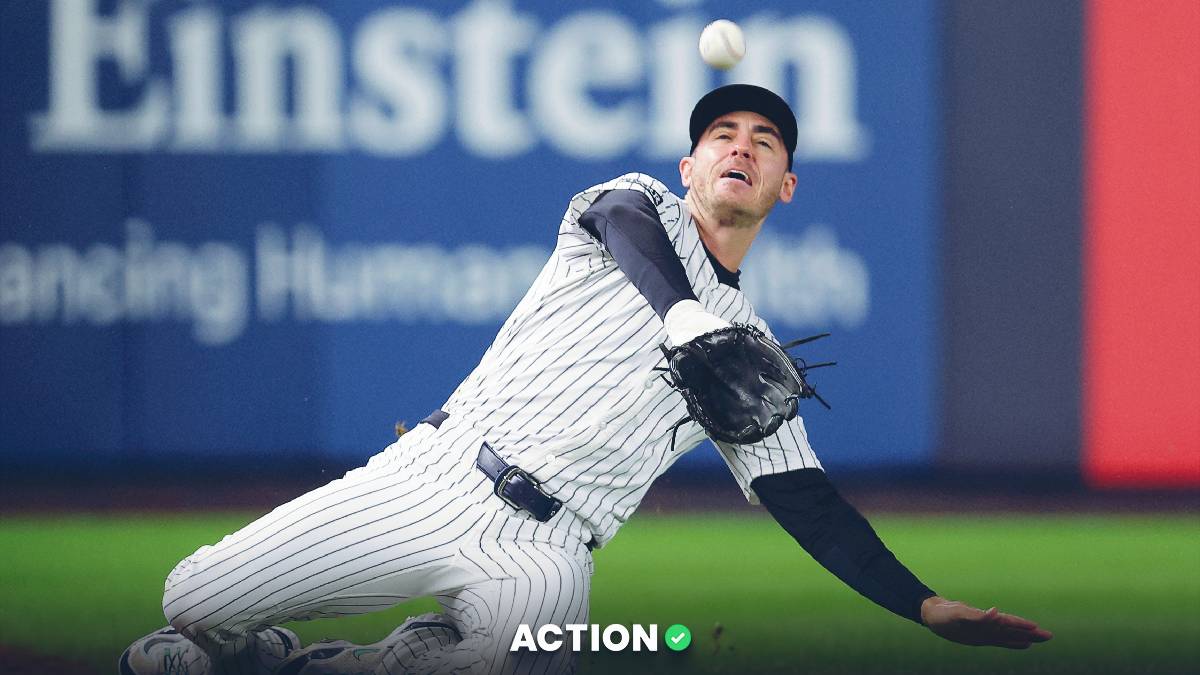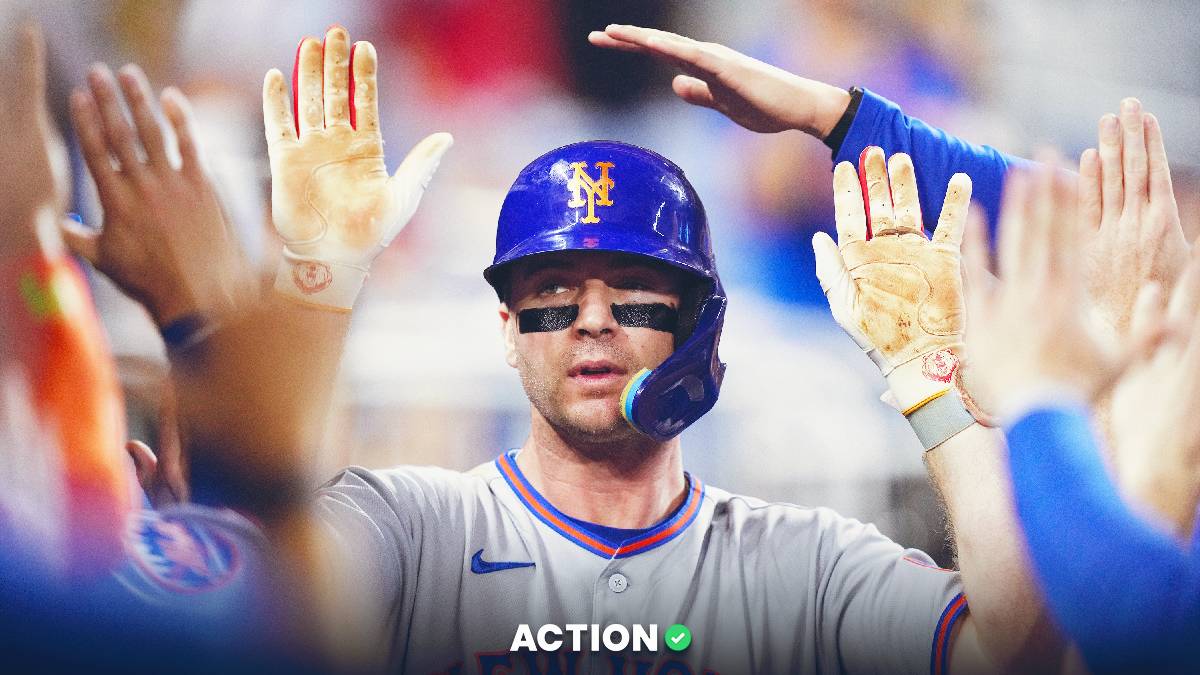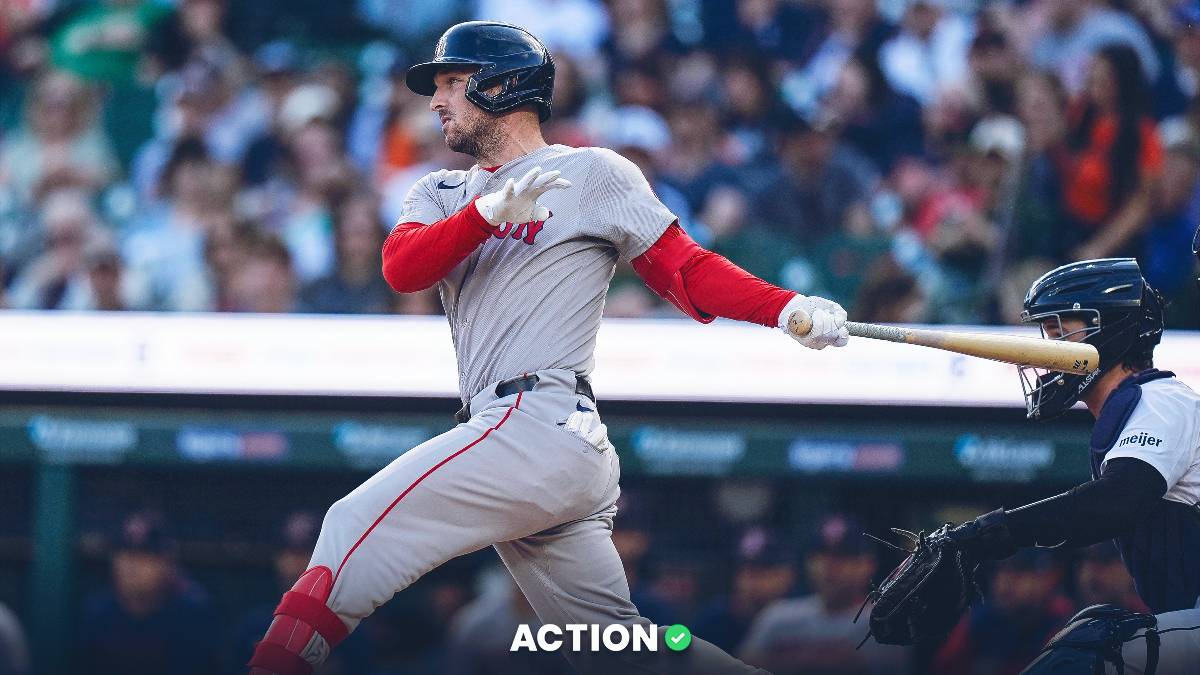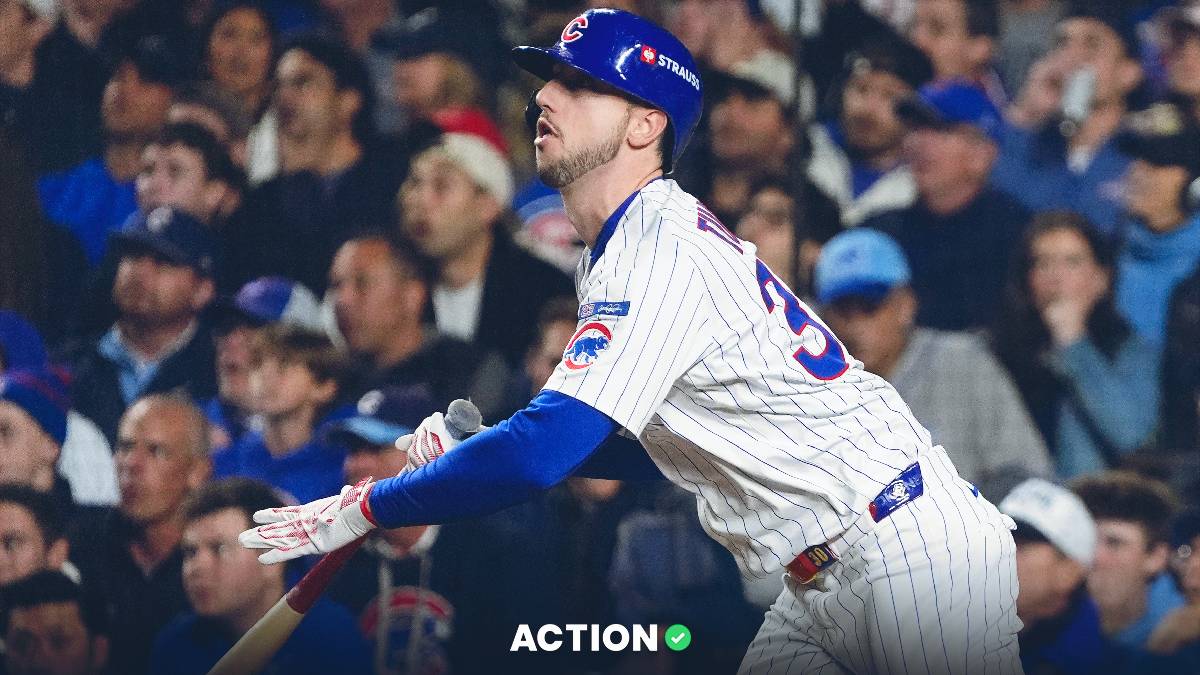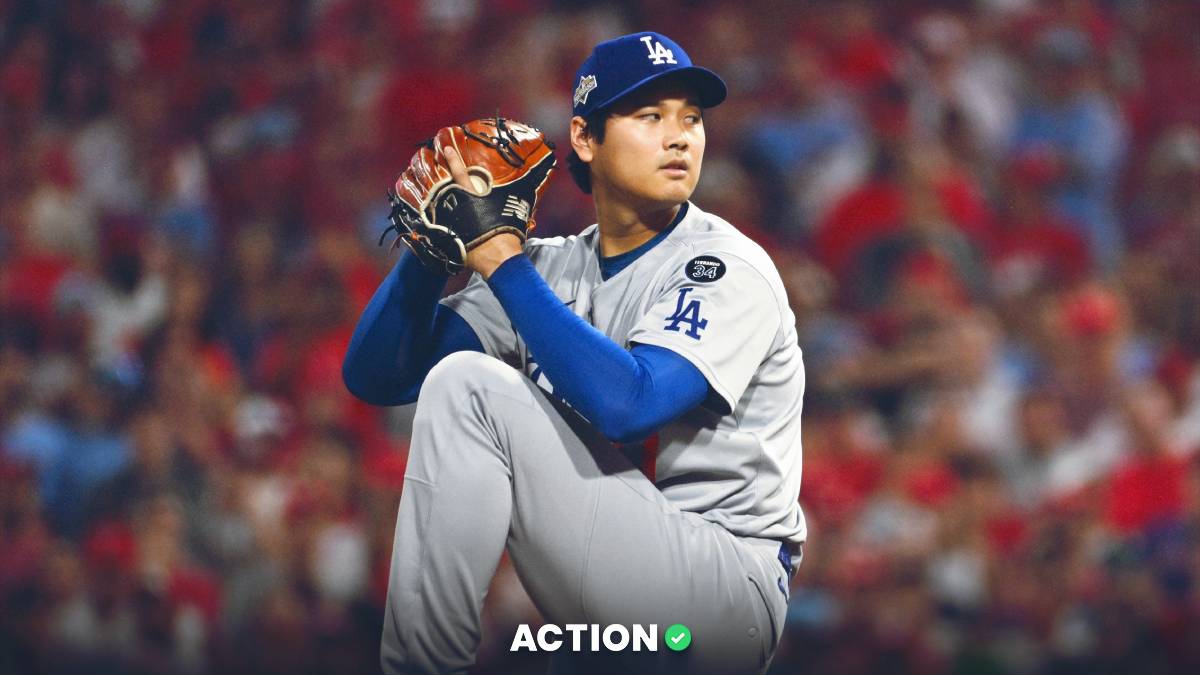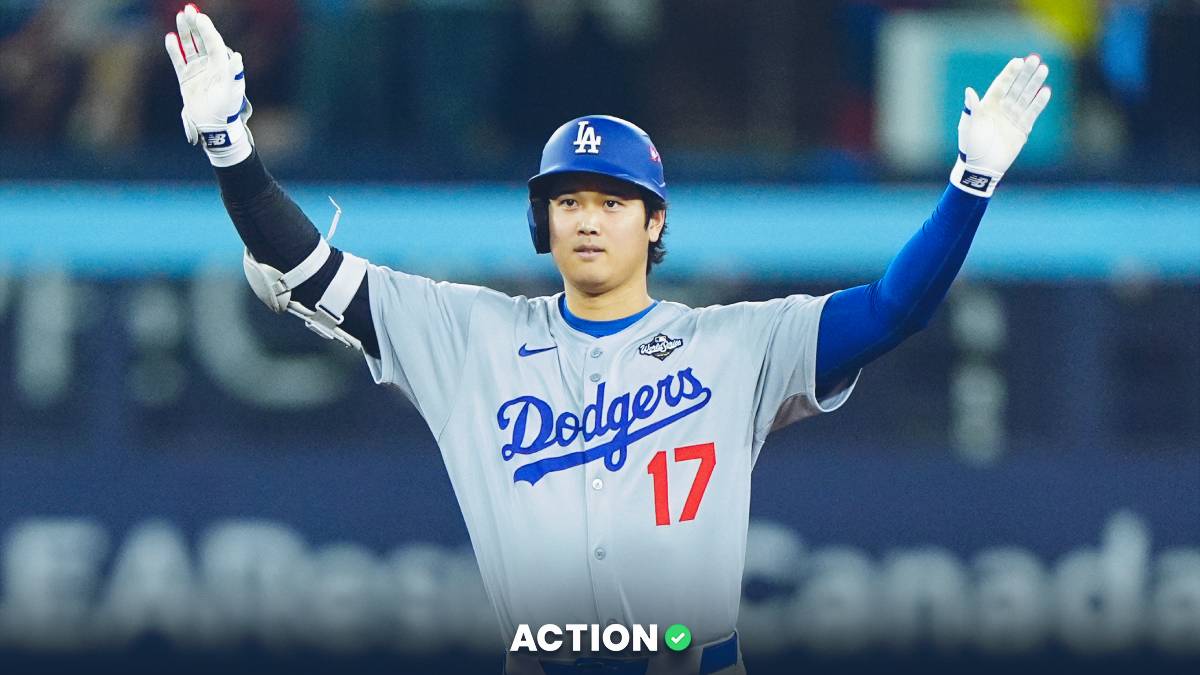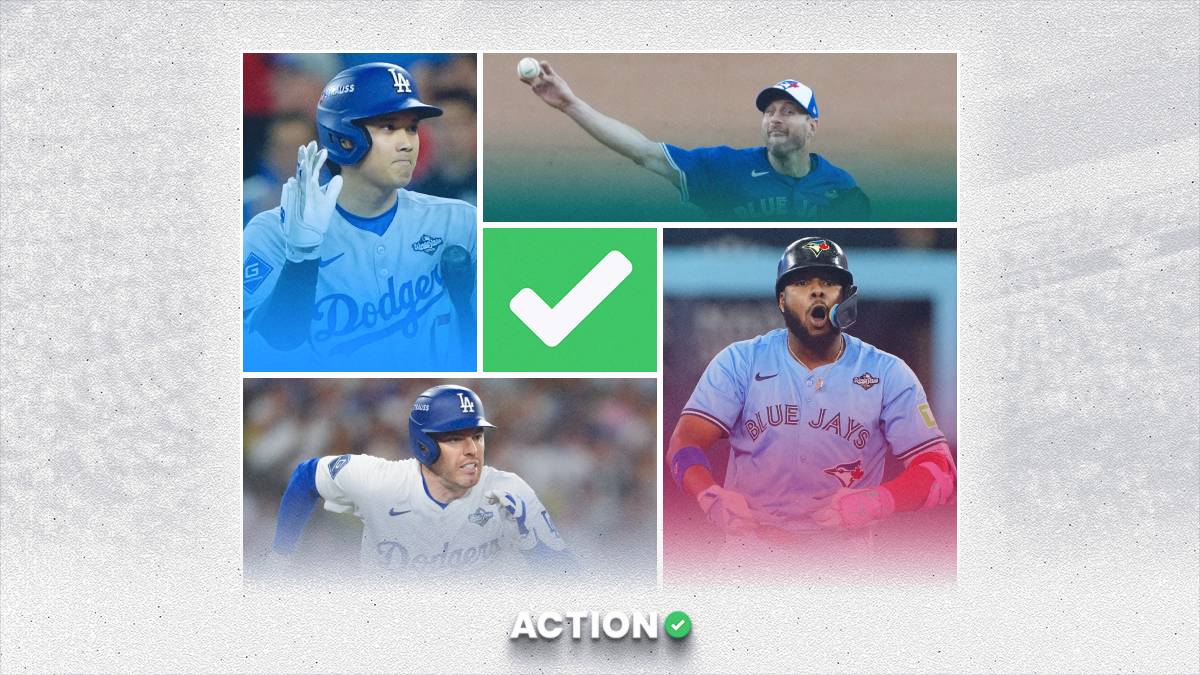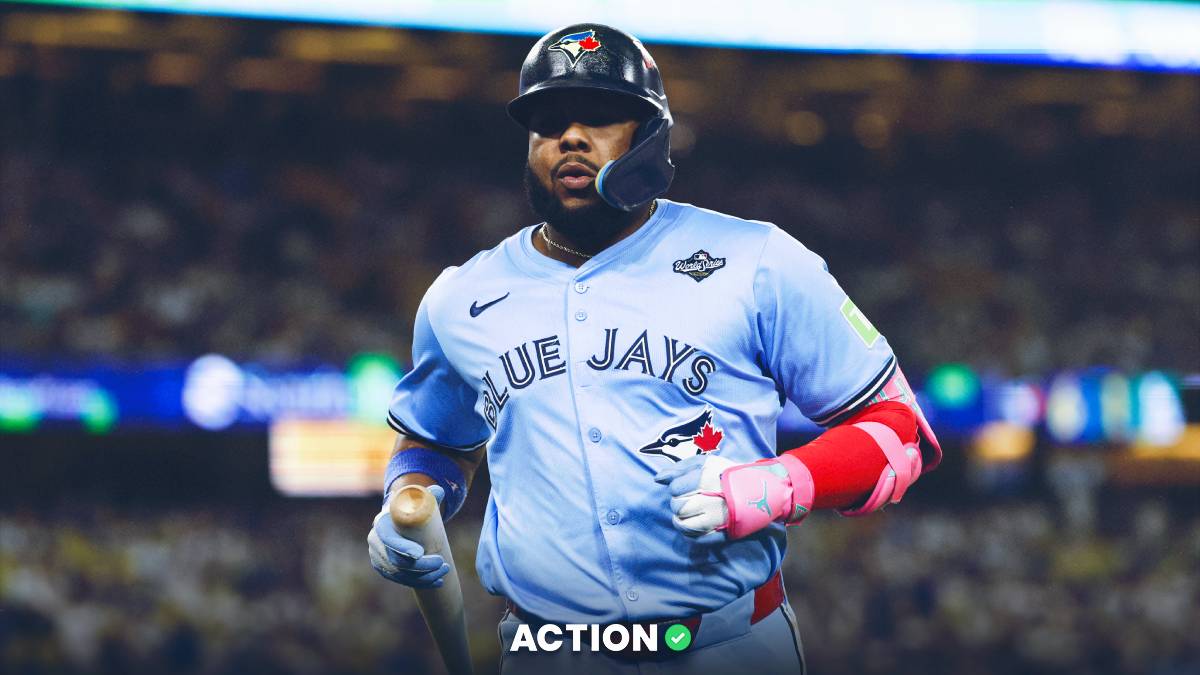Once a week, I’ll be diving deep into some of MLB’s best, worst and most interesting characters. I’ll break down their past, current and projected performance to see if there’s any betting value surrounding that player or his team.
Today, we’re starting with Kodai Senga.
Background
Senga was a mystery throughout the offseason. He has unbelievable stuff and a decade-long track record of being the best pitcher in the second-best baseball league in the world.
He posted an absurd 2.59 ERA across 11 NPB seasons and averaged over 10 K/9. Most recently, he posted a 1.94 ERA for the 2022 Fukuoka Softbank Hawks and racked up 156 strikeouts over 144 innings. Those are superhuman statistics — no matter the league.
He provided a higher ceiling than many second-tier starters on the market. However, Senga was also the most unproven starter on the market, and we’ve seen other NPB pitchers struggle to make the jump across the world.
Either way, Senga signed a huge deal and is now critical to the Mets' success. Senga’s agent announced last season that the pitcher “would like to play in a big market on a win-now team.”
Senga is here to stay.
So, let’s dive a bit deeper.
Stuff
Like many Japanese pitchers before him (Shohei Ohtani in particular), Senga has a top-tier fastball, which he compliments with a deadly splitter.
The fastball comes in around 96.8 mph, but can also touch triple digits. Surprisingly, Senga’s 96 mph average heater was tops among all qualified NPB starters.
I’ve written before that a player can’t make it in The Show without a Major League fastball. Senga has that, even if the spin rate isn’t elite (through a small sample size, the 2,324 rpm on his fastball would rank near the 70th percentile of MLB pitchers).
Senga tunnels his fastball well with his slider, which doesn’t have much horizontal action, but drops an average of about 43 inches, roughly five inches more than the average MLB slider. With an rpm over 2,500, Senga's slider could rank among the top 20% of MLB sliders.
It’s easy to see how Senga will generate whiffs with the slider after utilizing his fastball to change a hitter's eye level.
Kodai Senga, 99mph Fastball and 84mph Slider, Individual Pitches + Overlay. pic.twitter.com/nF60sUBvED
— Rob Friedman (@PitchingNinja) November 2, 2022
Senga also has a smooth, high-80s cutter he likes to use against lefties. He usually runs it inside, but can also force outside whiffs with his arm-side run.
But we all know why you’re here.
The “ghost” forkball splitter is one of the more unique pitches in the game. It sits in the mid-80s with some wild late-breaking action and a fascinating ability to break both glove- and arm-side.
Obviously, it’s called the “ghost” forkball because it seemingly disappears. But check out how it disappears to the glove side on Jorge Soler (righty) and the arm side on Jazz Chisholm (lefty).
2 More Ghost Fork Ks for Kodai Senga. 👻🍴 pic.twitter.com/GbPharX3u6
— Rob Friedman (@PitchingNinja) April 2, 2023
When that pitch gets enough late break and hits the bottom of the zone, it’s either forcing a whiff or weak contact. Japanese hitters couldn’t do much, but how will MLB hitters fare?
Results, Projections
In his Mets debut, Senga tossed 26 ghostballs and forced nine whiffs. He recorded all eight strikeouts on the pitch, including this one against Yuli Gurriel.
Kodai Senga, Ghost Fork. 👻🍴
Yuli Gurriel, Ghost Bat.
Senga's 1st Career MLB K. pic.twitter.com/e04s6rHFQR
— Rob Friedman (@PitchingNinja) April 2, 2023
The Fish couldn’t come close to this thing. They made contact with only five splitters, the only hit coming on this infield dink from MLB’s contact king, Luis Arraez.
The only Marlin to notch a hit off Senga's ghost splitter last Sunday was THE MLB contact GURU Arraez, who used his superpowers to sneak this dumb little one through the infield (Senga threw 26, striking out 8 on the pitch).
Good luck trying again tomorrow boys #GoFishpic.twitter.com/BCVR8mPTHt
— Tanner McGrath (@tannerstruth) April 8, 2023
If Arraez is the only one who can make contact with that pitch — and weak contact at that — Senga could terrorize the rest of the league. After all, Arraez has a 97.4% contact rate this season!
Now, the Fish are not the epitome of MLB talent, and could even be construed as strikeout prone.
However, Senga three-hit the Marlins over 5 1/3 innings. He allowed just one run and largely dazzled the crowd. He also forced a solid 40% ground-ball rate, and the BABIP came in at exactly .300, so there wasn’t much luck to his performance.
If there was one worry about the performance, it was the walks. Senga walked three Marlins, which puts him on pace for over five walks per nine innings.
That number will likely regress as the season progresses because Senga never walked more than 4.1 batters per nine innings in a full NPB season (excluding his rookie year, where he walked 4.5).
Senga threw just 41 pitches in the zone to 47 out of the zone — 35 of his 88 pitches were balls. That's not necessarily bad, but it's something to monitor going forward.
I won’t speculate about how his stuff will translate from the Marlins to the better teams in the league. Instead, I’ll let some of the best projection systems in the world make their best educated guesses.
ZiPS, Steamer and FGDC all project Senga as a mid-3.00s ERA, 2.5-win pitcher. Baseball Prospectus is around the same and PECOTA is very high on Senga’s weak-contact potential, projecting Senga to ghostball his way to a 55% ground-ball rate.
Interestingly, THE BAT is the most pessimistic about Senga’s outlook, projecting him as a one-win pitcher with an ERA approaching 5.00. The culprit? A surprisingly low 21.5% strikeout rate, combined with a fairly high 10% walk rate.
Role
Senga is easy enough to profile, but his performance in context is where I become truly fascinated.
Underneath Steve Cohen, the Mets rotation has turned into:
- Superstar Ace No. 1
- Superstar Ace No. 2
- Middle reliever
- Middle reliever
- Carlos Carrasco
Those two middle relief spots are uber-important. When Superstar Ace No. 1, Jacob deGrom, went down last year, Chris Bassitt and Taijuan Walker were thrust into the spotlight as important innings eaters.
The results were mixed as Bassitt and Walker worked their way to a combined 3.45 ERA. But they continued to go out there every five days. Bassitt led the Mets in innings (181 2/3) and Walker (157 1/3) was next.
After deGrom took off for Texas, Superstar Ace No. 1 became Justin Verlander, while Max Scherzer stayed as Superstar Ace No. 2.
The combined age of those two aces is 77. One is already on the Injured List and the other has allowed eight earned runs through his first 11 innings this year.
The Mets signed Senga to, essentially, replace the Bassitt-Walker production, with some help from Tylor Megill. But Senga is a high-ceiling guy can steady this chaotic group with elite middle-rotation production.
Additionally, the Mets might lean on Senga more with Verlander down and Scherzer struggling.
Senga is an unproven mystery, but he has all the tools to become one of MLB’s best.
We’re a week into his career, and he might be the Mets’ most reliable starting pitcher.
Value
This whole thing could blow up in the Mets face. As the rotation leans more on Senga’s shoulders, the rookie could collapse as MLB hitters adjust.
Or, it could work out great. That’s the situation I’m most interested in.
Senga is 8-to-1 at BetMGM to win National League Rookie of the Year, and, given the context, I might have to sprinkle something on that.
If the Mets win 95 games and Senga leads them in innings, while performing close to, or above his most optimistic projections, he’ll be the linchpin the Mets rally around entering the postseason.
We also know Senga will get tons of public and media attention. In fact, he might be Pitching Ninja's mascot by Game 162.
Kodai Senga, 97mph Fastball and 84mph Ghost Fork, Overlay.
You can see why you might swing and miss at it. pic.twitter.com/Ih3emrwEFd
— Rob Friedman (@PitchingNinja) April 2, 2023
Kodai Senga, Mechanics pic.twitter.com/nWZIDVr4U8
— Rob Friedman (@PitchingNinja) April 2, 2023
Senga faces the Marlins on Saturday, April 12 and likely the Athletics on Friday, April 14. Those are two low-quality opponents, and he could deal his way past Corbin Carroll and Jordan Walker on the NL ROY odds boards by this time next week.
That’s interesting.


